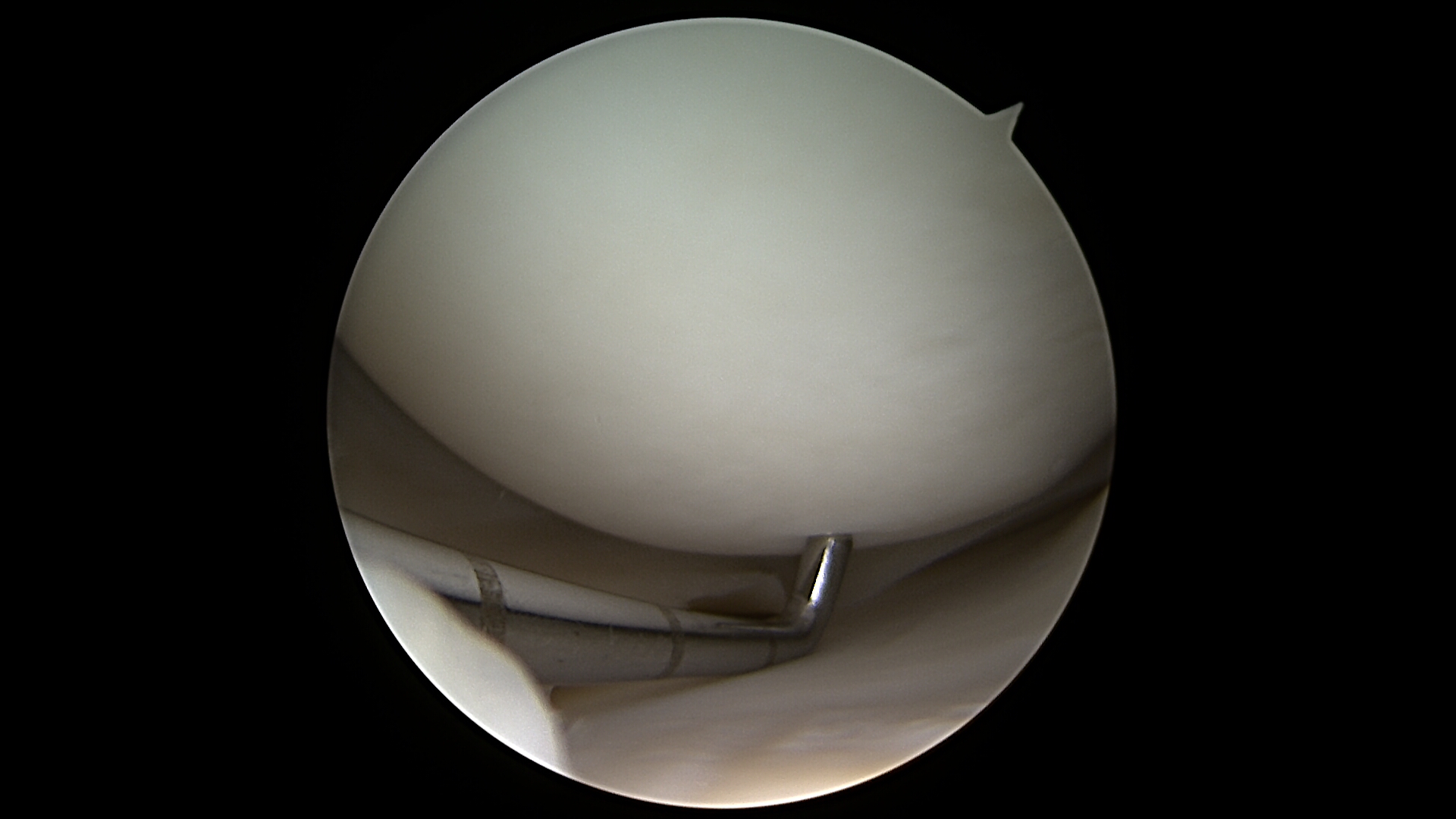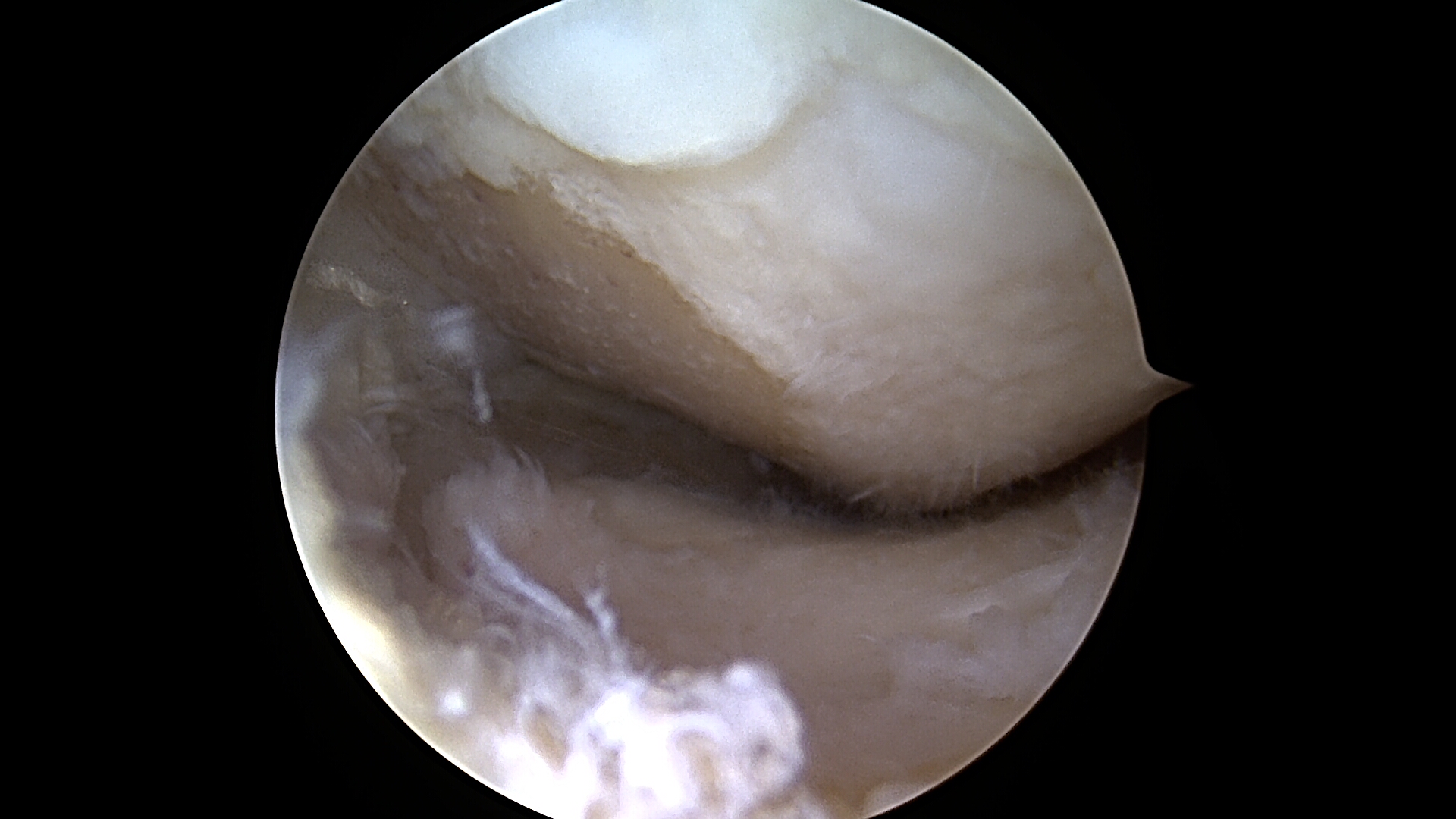Millions of people in the United States are given the diagnosis of “arthritis” every year, but what does this diagnosis truly mean?
The term “arthritis” is based on the Greek word arthron (joint) + the Greek ending itis (inflammation of). However, the term “arthritis” is often used as a general term to describe damage to joint cartilage.
There are several different subtypes of arthritis.
Osteoarthritis is by far the most common type of arthritis. Commonly referred to as the “wear and tear” on the joints, this type of arthritis is actually a complex process that leads to degenerative changes to the cartilage. It is more common as we age, but can also be seen after trauma to a joint. At the cellular level, there is an increase in water content and a breakdown of the normal organization of collagen and proteoglycans which typically stabilize the cartilage and give it its slick smooth structure. The lining of the joint, called synovium, gradually becomes more irritated and secretes inflammatory proteins. As the cartilage becomes increasingly damaged, the underlying bone will begin to see more force and attempt to remodel. This is what ultimately leads to bone cysts and osteophytes (“bone spurs”).


The above images are arthroscopic knee images taken during surgery. The first image is a good example of normal healthy cartilage. Notice how the cartilage is uniform and slick appearing and has a slight bounciness to its surface as the metal probe pushes against it. The 2nd image shows significant osteoarthritis. Notice how there is an irregular surface to the joint surface with exposed bone on the left side of the image.
Rheumatoid arthritis is another type of arthritis which is very different from osteoarthritis, but ultimately leads to the same result of cartilage damage and pain. Rheumatoid arthritis is a complex auto-immune process where one’s body creates antibodies against soft tissue, cartilage, and bone. This leads to progressive joint destruction, often accompanied by large subcutaneous nodules and joint deformity. Rheumatoid arthritis is diagnosed by blood tests and is typically managed by Rheumatologists. Thankfully, new medications have emerged which make treating this devastating problem more manageable.
Gouty arthritis is an inflammatory arthritis caused by monosodium urate crystal deposition that typically presents with recurrent acute exacerbation of joint swelling and severe pain. This will often effect the great toe first, but also commonly involves the knee and other joints. A diet rich in purines is a classic culprit as modosodium urate is a breakdown product of purine. What in the heck is a purine, you ask? Well, purines are what make up cellular DNA. High amounts are found in foods such as red meats, anchovies, sardines, livers, and beer.
Psoriatic arthritis is a relatively rare type of arthritis that is associated with silvery plague skin rashes, known as psoriasis. Approximately 5% of people who have psoriasis will developed psoriatric arthritis. This type of arthritis usually multiple joints at once and commonly effects the ends of the digits, leading to the typical “sausage” appearance (dactylitis) of the fingers and toes.
Lupus, or more formally, systemic lupus erythematosus is another type of autoimmune arthritis. It can take on many forms and have a wide array of clinical presentations, but one common symptom is joint pain and swelling. Lupus is much more common in females, frequently starting during childbearing years. It is diagnosed by clinical exam in combination with blood tests.
What type of arthritis do you have? Not sure? Call our office at (573) 756-7779 and our orthopedic surgeons will help you understand your diagnosis and treatment options.
